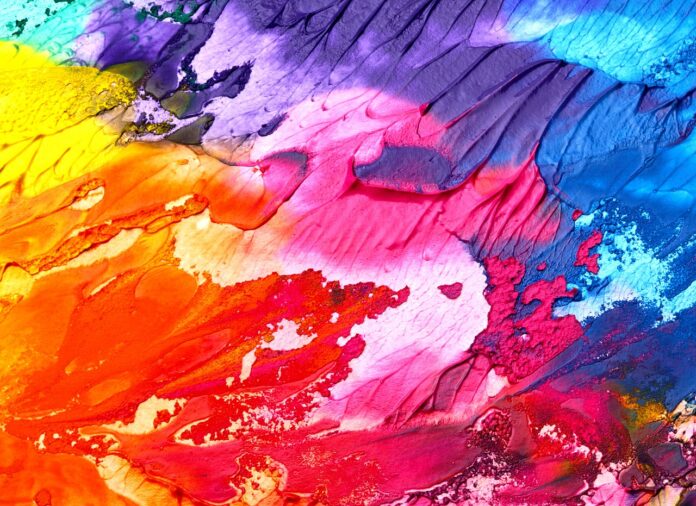Pop art is a movement that emerged in the 1950s and 1960s as a response to the consumer culture and mass media of the time. It was a rebellion against the traditional definitions of art and sought to blur the boundaries between high and low culture. The movement is known for its bold, colorful imagery and use of popular culture icons and symbols.
One of the most iconic images associated with pop art is Andy Warhol’s famous Campbell’s Soup Cans. Warhol, along with other prominent pop artists such as Roy Lichtenstein and Claes Oldenburg, played a significant role in shaping the movement and its evolution over the years.
The early years of pop art were characterized by a focus on mass-produced consumer goods and advertising imagery. Artists like Warhol and Lichtenstein explored the visual language of commercial art and elevated everyday objects to the status of high art. Warhol’s use of silk-screening techniques allowed him to mass-produce his artworks, further blurring the line between art and commodity.
As the movement continued to evolve, pop artists began to explore other aspects of popular culture, including celebrity and political figures. Warhol’s portraits of Marilyn Monroe and other celebrities became as iconic as his soup cans, while Lichtenstein’s comic book-inspired paintings brought the imagery of popular culture into the realm of fine art.
In the 1980s, pop art experienced a resurgence with the rise of neo-pop artists like Keith Haring and Jean-Michel Basquiat. These artists expanded the boundaries of the movement, incorporating elements of street art and graffiti into their work. Their art often addressed social and political issues, reflecting the changing landscape of popular culture in the 1980s.
In the 21st century, pop art has continued to evolve, with contemporary artists incorporating new technologies and media into their work. Digital art, video installations, and interactive experiences have become part of the pop art lexicon, reflecting the ever-changing nature of popular culture in the digital age.
Today, pop art continues to be a vibrant and influential force in the art world, with artists like Jeff Koons and Takashi Murakami pushing the boundaries of the movement even further. From the early days of soup cans and comic book panels to the digital landscapes of today, pop art remains a compelling and relevant commentary on the ever-changing nature of popular culture. Its evolution reflects the shifts in society and technology, making it a truly enduring and enduringly relevant movement in the history of art.







